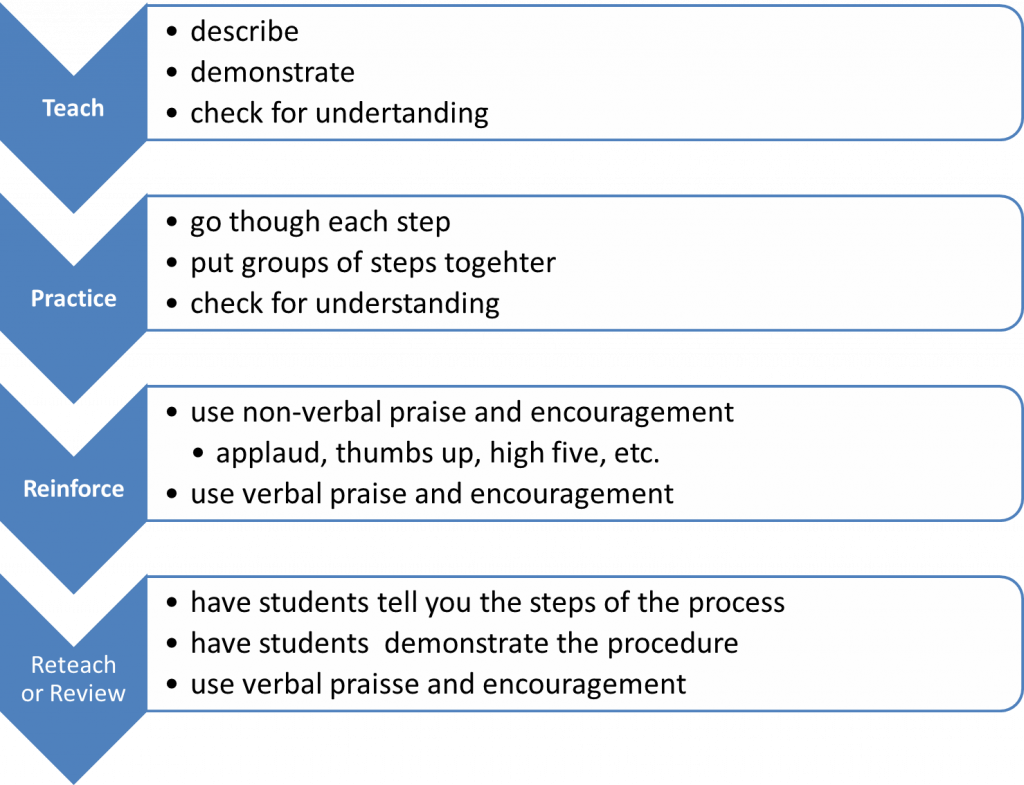Winter weather has certainly disrupted schools here in the Midwest. Our local school district has had 8 snow days so far and a friend whose school is a bit farther north has missed 12 days! Teachers know this means more than simply missing almost two or almost three weeks of classes. Missing school for any reason means that students of any age get out of step with our best laid classroom management plans.
Even during a school year where there are no weather cancellations, students can get out of step. Or a teacher can discover that something that sounded like such a good idea at the beginning of the school year just isn’t working the way s/he thought it would, or, worse, s/he realizes that she hasn’t followed that plan consistently.
What can a teacher do? Is it ever okay to change the plan in the middle of the year?
The short answer is yes, although it is a bit more complicated than that.
The first thing to do is to determine if the problem is really the classroom management plan or if it is the number of days we’ve missed.
Any time students are out of school can lead to students forgetting or getting out of practice with classroom procedures, routines, or expectations. In fact, at the beginning of a school year, I recommend that teachers begin by going over expected procedures daily for the first week, then each Monday for a few weeks. After that, it is a good idea to review after each school vacation, or after school cancelations.
I can almost hear some readers saying, “Well, they should remember that!” Maybe they should, but their brains are not as mature as the teacher’s adult brain is. Remember, on average, our brains do not fully mature until age 26, so we cannot expect students to have the judgment that older adults have even if they look all grown up,
If you decide that the problem is not the amount of time that the students have been away from the classroom, then it is time to decide if the issue is consistency.
Educators know consistency is key to so much of what we do in the classroom! It is very easy for a teacher to be inconsistent with a procedure! It doesn’t make us bad people or poor teachers. It just means we are human.
If you’ve decided the procedure hasn’t had a fair chance to succeed because of inconsistency, the next step is to decide if you are inconsistent because you are just human, or if the problem is really that it doesn’t fit the class or you.
If the problem is any reason other than really needing a new procedure, it is time to do the following:
- Point out that X procedure hasn’t been being
followed
- Apologize if you have not been consistent
- Blame the number of days out of school if that is the problem
- Review the procedure, step-by-step
- Have the class practice the procedure
- If students practice it well, use praise and encouragement to reinforce it
- If students do not do the procedure as planned, have them practice it again.
If the problem is that the procedure doesn’t fit your style, is too complicated, or just doesn’t work for any reason other than the above, then it is time to come up with a new procedure.
It would be a good idea to ask the class, especially if they are older than kindergarten through second grade, for their input into planning the new procedure. You can, of course, steer the class conversation to doing it in a particular way, but asking for input can mean that students have a greater buy-in for the procedure.

The bottom line here is that, yes, you can change how you do things in the classroom at any time during the year. You can pick back up procedures that have fallen by the wayside or you can create entirely new ways of doing things. The main thing is to make sure you follow the three steps to teaching anything new: teach, practice, and reinforce.
